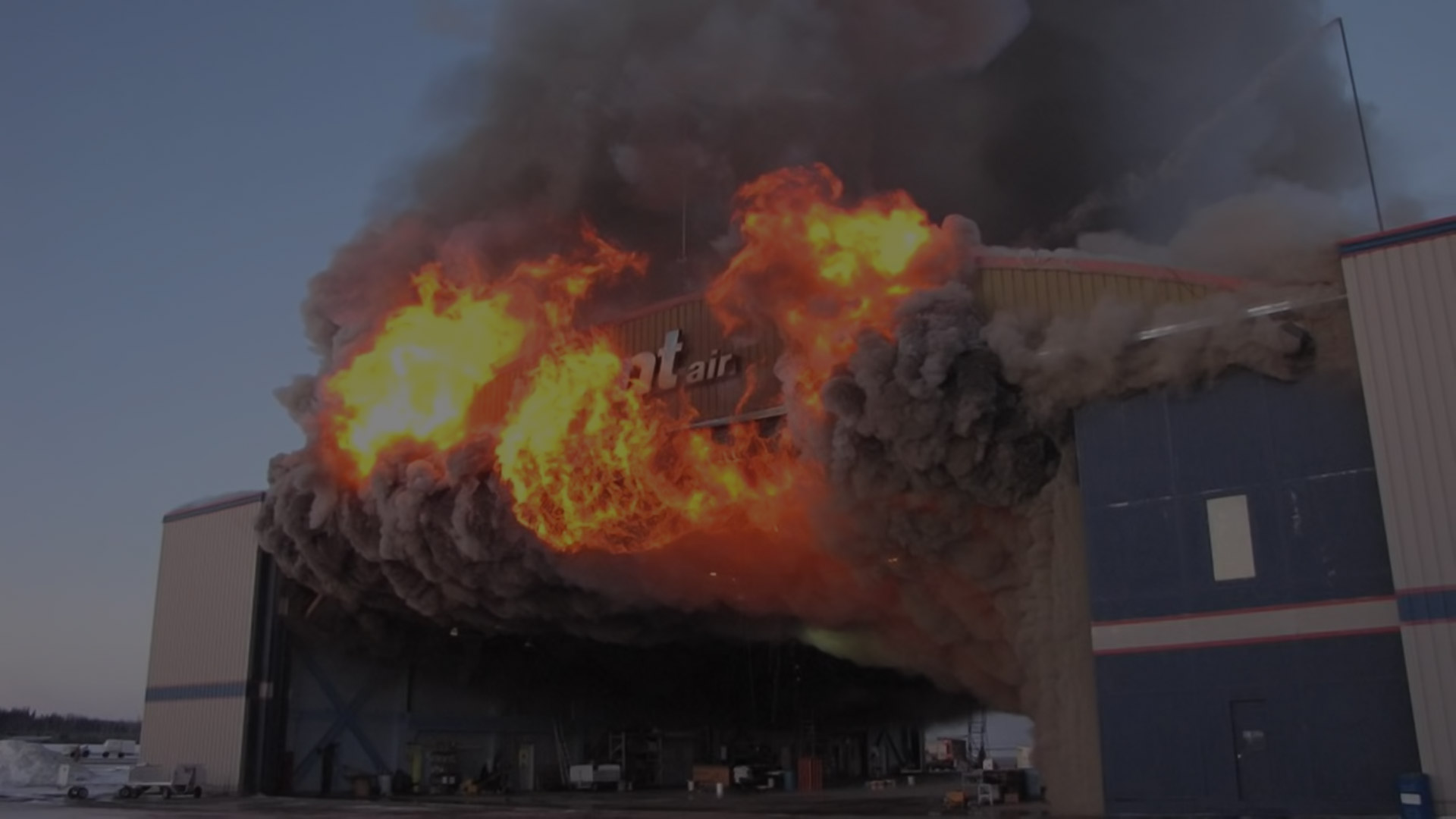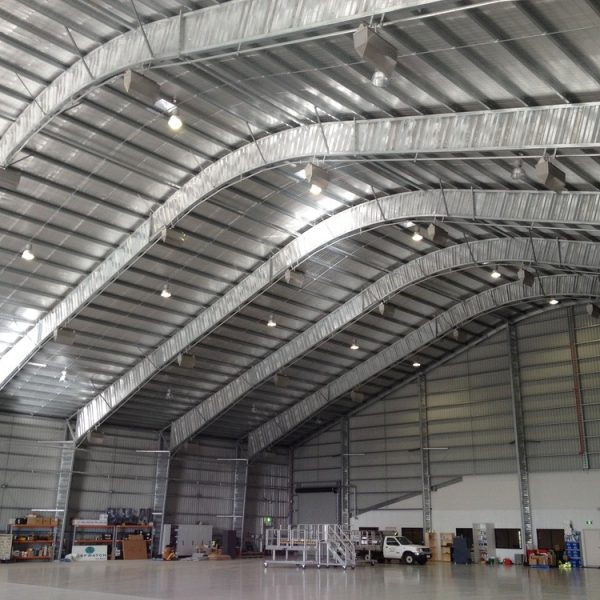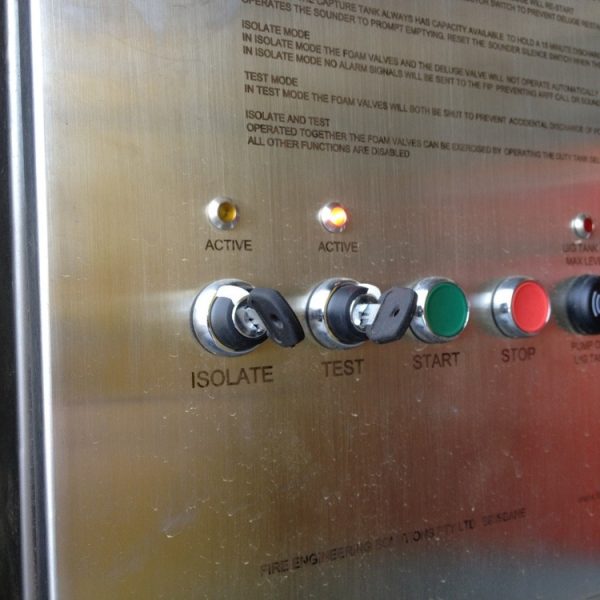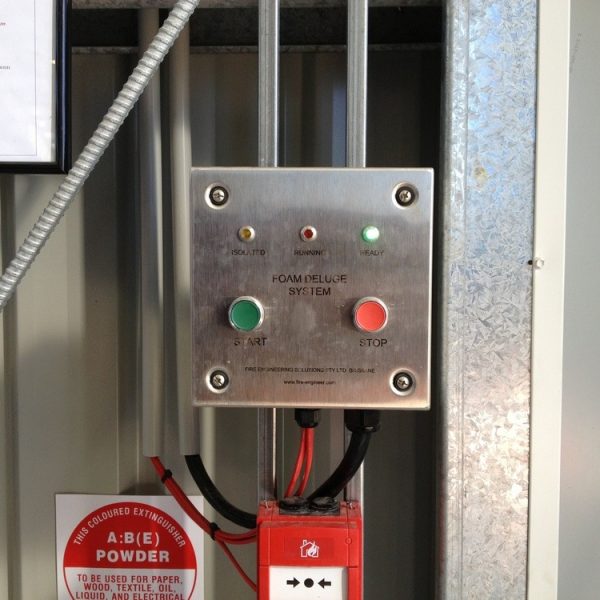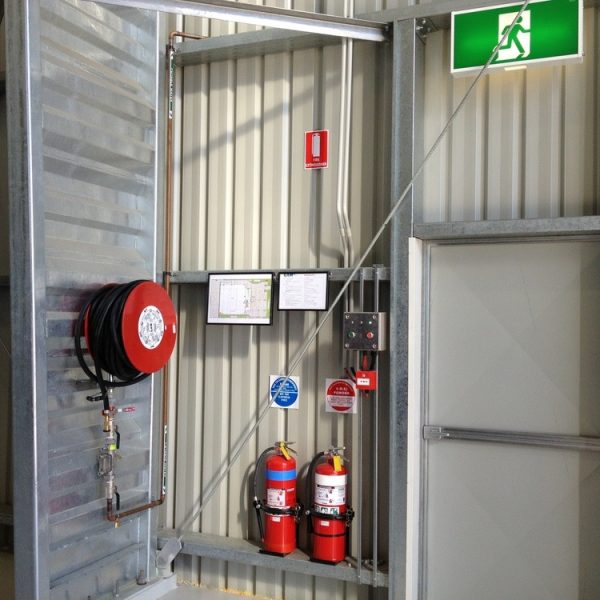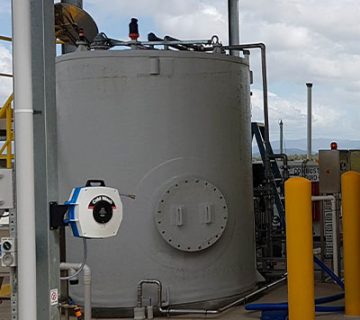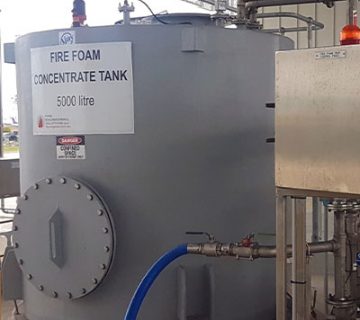About Project
In early 2012, Brisbane Airport Corporation implemented a new policy aimed at preventing the release of environmentally harmful liquids from any buildings within the airport premises. This policy encompassed various scenarios, such as fuel spills, aircraft washdown, and the use of firefighting foam. To comply with these requirements, the most viable solution involved the provision of a substantial capture tank capable of containing a worst-case fuel spill and fire event.
However, a significant challenge arose due to the airport’s location on reclaimed land, where the water table could be as close as 1 meter below the surface. This presented difficulties in constructing large underground tanks, which would typically be the conventional approach for containing such incidents. The unique geological conditions and the potential risk of groundwater contamination necessitated an alternative solution.
To address this challenge, innovative strategies were employed to fulfill the policy requirements while overcoming the limitations posed by the airport’s location. Alternative approaches were explored to provide a robust and effective containment system. These approaches considered the specific environmental conditions, engineering feasibility, and the need to maintain the airport’s operations without disruption.
By leveraging our expertise in fire engineering and environmental considerations, a comprehensive solution was devised. This solution took into account the site’s specific challenges and aimed to achieve the desired outcome within the established policy framework. Alternative methods of containment, such as above-ground storage solutions or other specialized systems, were carefully evaluated to ensure their compatibility with the policy requirements and the unique circumstances of the airport’s location.
By adopting a forward-thinking and adaptable approach, the implementation of the new policy at Brisbane Airport was successfully achieved. This demonstrated the airport’s commitment to environmental protection and sustainability, while also ensuring the continued safe operation of the facility. The innovative strategies employed to address the challenges associated with underground tank construction in a reclaimed land area underscored the airport’s dedication to finding practical solutions that aligned with regulatory requirements.
Through effective collaboration with stakeholders, adherence to regulatory guidelines, and the application of sound engineering principles, the airport was able to meet the policy requirements related to the containment of environmentally harmful liquids. This achievement showcased the ability to navigate complex environmental and engineering considerations and resulted in a safer and more sustainable operating environment for Brisbane Airport and its surrounding areas.
Fire Engineering Solutions (FES) was engaged by BettaBuilt, an international hangar construction specialist, to design a cost-effective fire protection system that would adhere to the airport’s environmental policy, comply with the Building Code of Australia, and mitigate the risk of fire damage to aircraft within the hangar.
Recognizing the critical importance of safeguarding aircraft, it was essential to develop a fire protection system that could effectively respond to flammable liquid fires and prevent significant damage within a limited timeframe. As stated in FM Global Loss Prevention Data Sheet 7-93N (3.1), “Tests by the US Federal Aviation Authority and others indicate that an aircraft fuselage skin will fail within 45 seconds from a flammable liquid fire exposure”.
While NFPA 409 provides various options for fire protection in hangars, none of them offered a sufficiently rapid response time to ensure the preservation of aircraft. Therefore, FES undertook a performance-based approach to design a fire suppression system that met the FM guidelines and complied with NFPA 11. High expansion foam was selected as the primary agent to achieve the desired level of protection while minimizing the volume of the capture tank.
FES’s project management team assumed full responsibility for the installation and commissioning of the system. From inception to completion, the project was meticulously executed, delivering results within the designated timeframe and allocated budget. The successful implementation of the fire protection system was realized in October 2012, bolstering the hangar’s ability to safeguard aircraft and meet the airport’s stringent environmental policies.
By employing a performance-based design approach and leveraging the effectiveness of high expansion foam, FES ensured that the fire protection system surpassed the limitations of traditional options. The project’s on-time and on-budget completion underscored FES’s commitment to excellence in project management and adherence to industry standards.
Through our collaboration with BettaBuilt and our dedication to designing innovative fire protection solutions, FES delivered a robust and efficient fire suppression system that provided comprehensive aircraft protection. The successful implementation of this system not only satisfied the requirements of the airport’s environmental policy but also demonstrated our commitment to delivering reliable and compliant fire engineering solutions.
